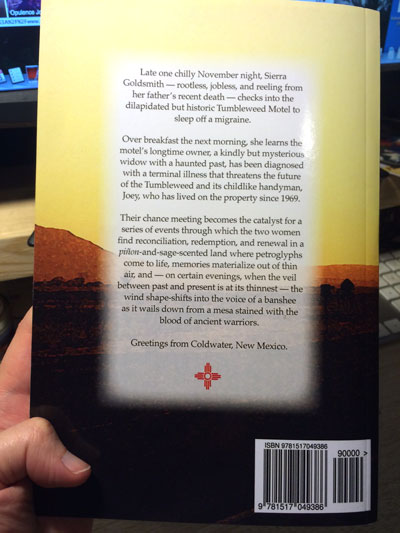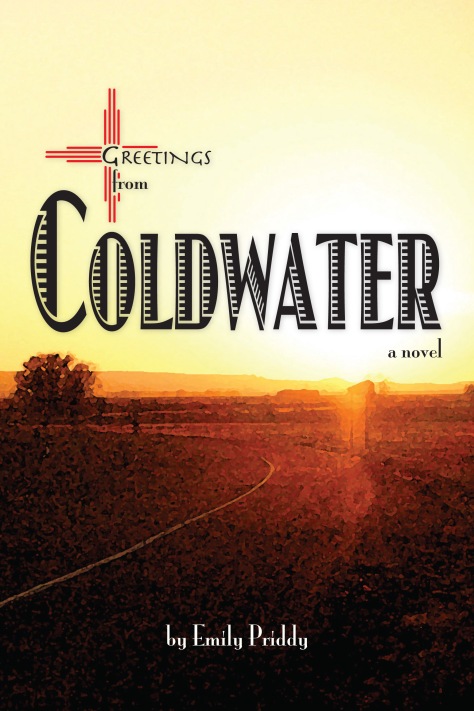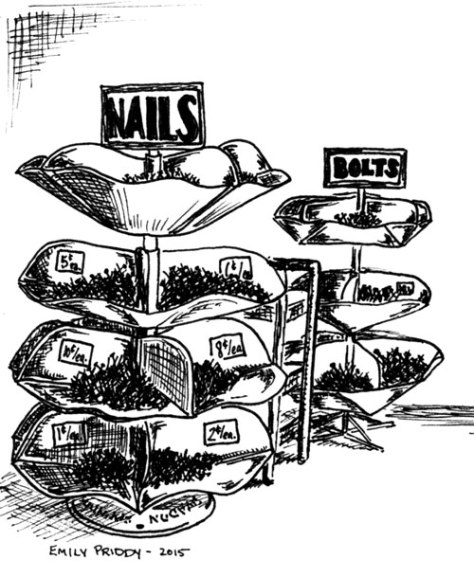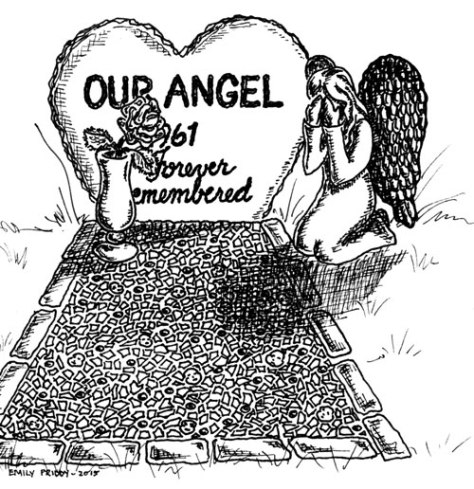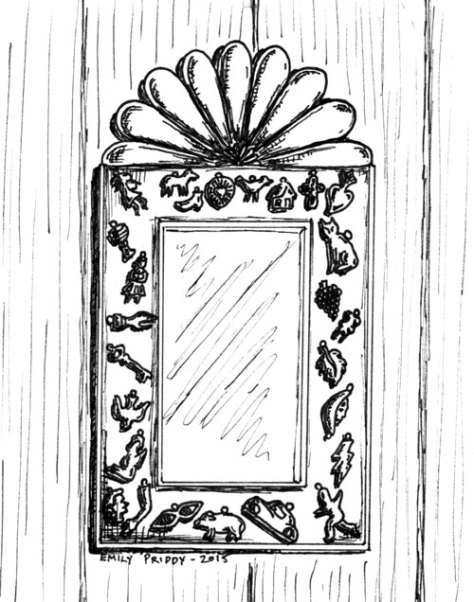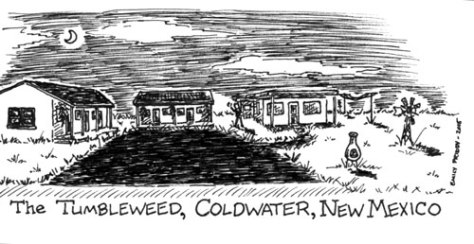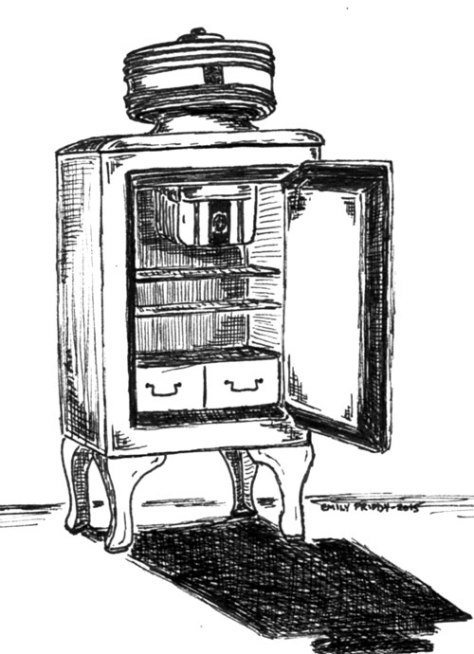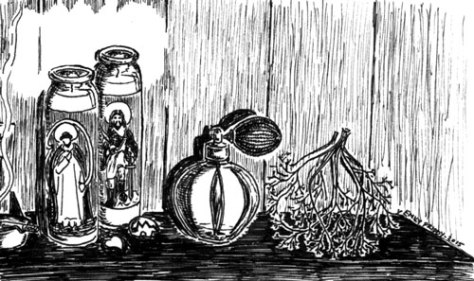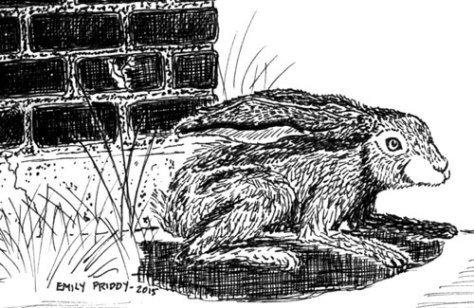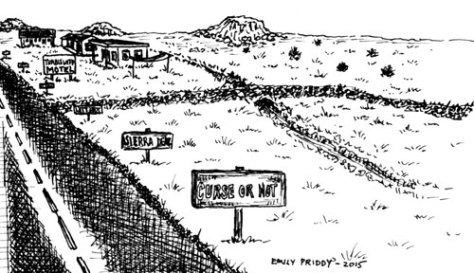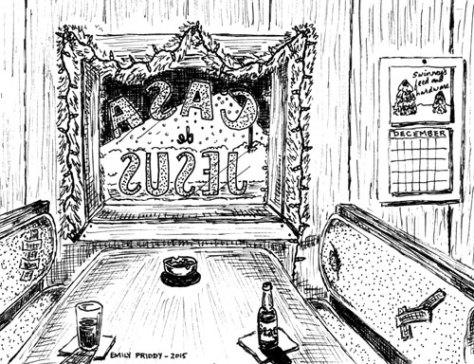Being home when I’m supposed to be at work is surreal. I’ve spent a lot of time sleeping and binge-reading banned books, and I spent a little time in Coldwater today, following Morgan and Holly through their first day of school post-pandemic shutdowns and trying to figure out how to weave a fantasy plot involving copious amounts of Irish folklore around the actual events of the past four years.
Thus far, my writing feels rusty, but after brain-dumping 3,500 words, I think I have a rough idea of the major and minor conflicts in the story, and I had fun recasting conspiracy theorists as the unwitting pawns of a group of Unseelie fae seeking to use human dissent as a bit of misdirection to provide cover for a conspiracy of their own.
The beauty of this assertion is that you can’t prove it isn’t true — which, by conspiracy theory logic, means that it absolutely is. There’s something very Douglas Adams about the whole thing, but I’m not sure it works; the tone feels too satirical for the world I created in Coldwater. (Whether this is a function of the content itself or the fact that I wrote it in a literal fever dream, while completely gacked on cold medicine, remains an open question.)
Either way, it’s a good time-killer to keep myself entertained between coughing fits, which is all I need it to do at the moment.
Emily



